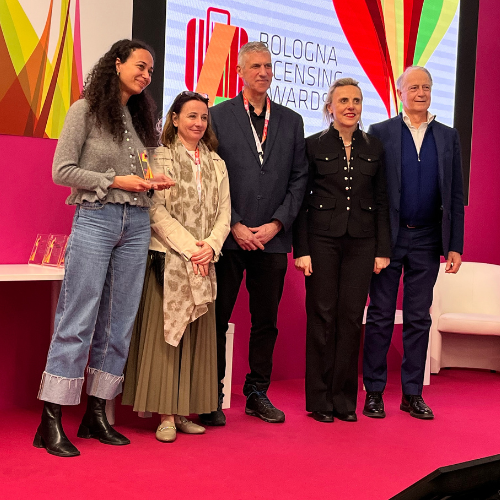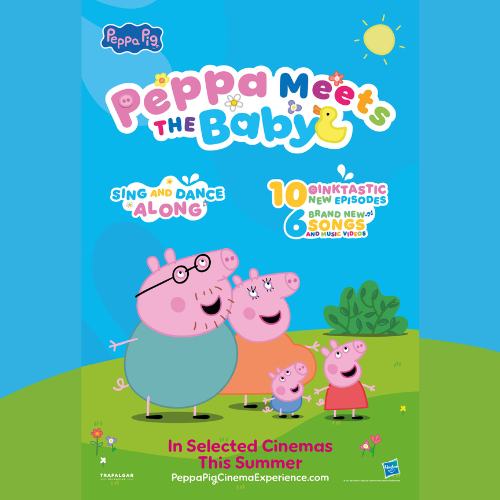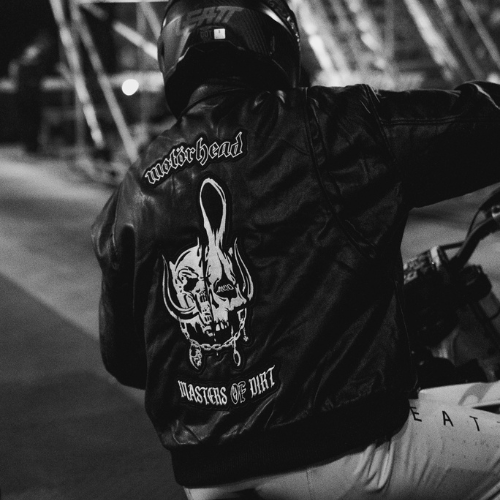Sven Burscher, head of licensing at Spread Group, on how the industry can stay ahead of the curve and test merch ideas without risk in 2023.
Innovating means taking a few risks. But for the licensing industry, taking risks with merch ideas can leave brands with unsold garments and a sustainability challenge.
So how can brands keep ahead of the competition in 2023? Web3 and NFTs may be the new buzzwords, but we think the real driver this year will be innovation without risk using production-on-demand.
This also supports sustainability goals. GenZ is a highly discerning cohort with a firm view on how brands conduct themselves. They want new ideas, but they want them to be sustainable. The fashion industry already has a poor reputation for being environmentally unfriendly and wasteful. It is responsible for around 10% of global carbon emissions and for 20% of wastewater production. The Global Fashion Agenda (GFA) and the Boston Consulting Group (BCG) predicting that wastewater use will rise by 50% by 2030.
Testing merch ideas in real life can therefore be a challenge. So, how can brands test a few ideas to find out what GenZ, and all their customers want?
- Take advantage of the tech
- Share ideas sustainably
- Offer some flexibility
Take Advantage of the Tech
The technology behind production-on-demand means that nothing is printed until it is ordered. So there’s no waste, which supports sustainability goals. And when people do order something, because they are involved in its creation, they are more likely to keep it. Spread Group has remarkably low return rates compared to the rest of the industry, which reduces the impact of deliveries and returns on the environment too. Around 2% of Spread Group products are returned. In the traditional fast fashion industry average returns rates are closer to 30%.
Test Ideas Sustainably
Sustainability is rooted in production-on-demand. It means that the cost of testing ideas is only in running the devices. Designs and styles can be created and shared digitally to see which garners most interest. Which do customers click on, what gets ordered, when do people actually part with cash? This approach reduces the generation of unsaleable clothing too.
We expect to see Web3 technology used as a testing location, too. Customisable clothing can be created for online spaces like the Metaverse, without having to be produced in real life.
Offer Some Flexibility
This isn’t about letting the consumer run wild with your brand guidelines. It’s about testing your ideas, offering a little flexibility and seeing how the fans respond. We’ve had licensors retain their brand colours, but allow a little variety in styles. Each fan can create their own version of your merch, within brand limits, and receive a garment made just for them.
This is particularly important for women’s t-shirts where shape and fit, including neck line and sleeve length can make a big difference in customer satisfaction. Giving your brand’s fans a little creative scope will give you an insight into their buying habits, without having to produce a lot of merch.
These three elements remove the risk of testing new ideas. New designs can be showcased without having to generate new stock and the waste that accompanies it. Even small brands are well-placed to try things out, offer a wide range of designs and clothing, or vary them regularly with limited editions.
It even allows licensors to try out newly trending refinement methods, such as embroidery, which is having a renaissance. Consumers are falling back in love with its high-quality and durability. For 2023 we are rolling out a big embroidery licensing collection with most iconic characters out there such as Snoopy, Minions or Cookie Monster.
NFTs and Web3 are fascinating areas, but we expect to see more hype than revenue generated in 2023. We think this year will see brands and licensors looking to test out new ideas and gather consumer information. We think production-on-demand can offer innovation without risk in the coming years.

































